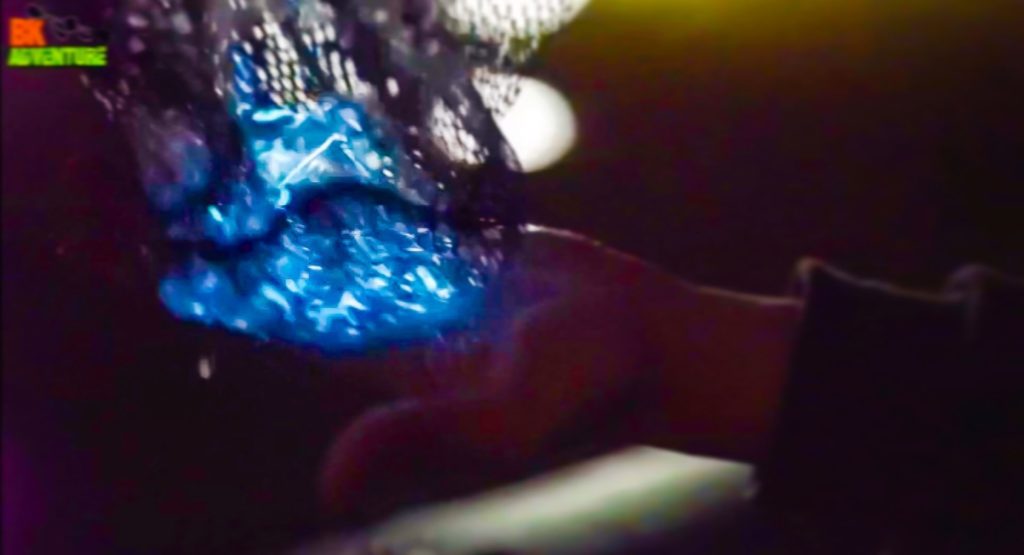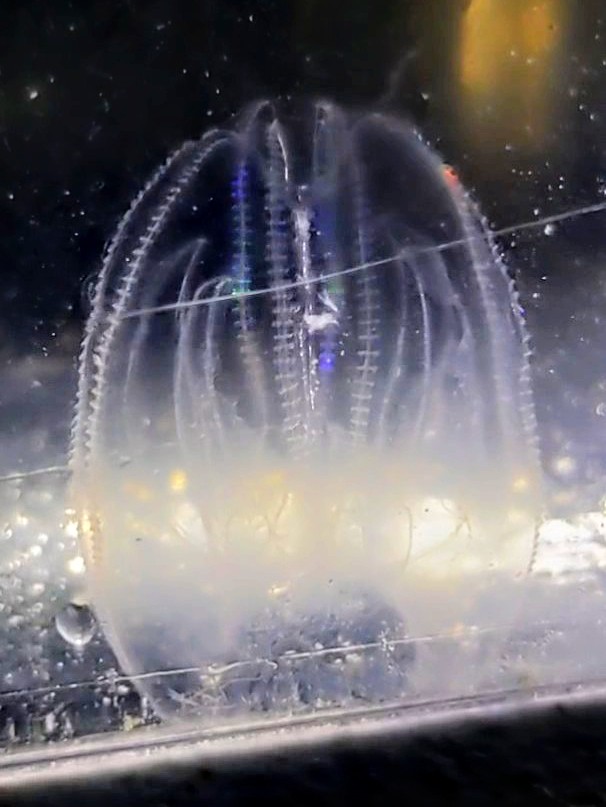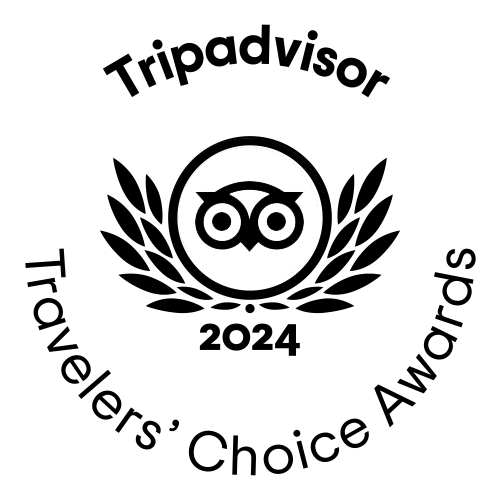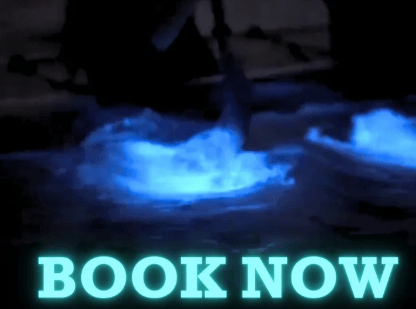
Want to impress your friends and family on your bioluminescence tour with fun facts about the comb jellies? Ready to show off your knowledge to your tour guide? You’re in the right place!
- What exactly are comb jellies?
Comb jellies (also called ctenophores) look similar to your average jellyfish, but they are a completely different species. They are an invertebrate organism that, for lack of a better description, resemble a glowing blob.
- How long have comb jellies been around?
Comb jellies have lived on our Earth for over 500 million years. They are basically living dinosaurs. They have been around for a very long time, and we hope to see them for a very long time to come – which is why it’s important to respect any and all organisms you see on your tour!
- How do we see these comb jellies?
On our tours, we see them in the waters of the Indian River Lagoon as well as the Banana River, which is where we also see the dinoflagellate bioluminescence (you can read more about the dinoflagellate bioluminescence in this blog post here!) Sometimes you can see them right along the shoreline of the water, but typically they are further out in the water and are visible as you paddle by in your kayak.
- When is the best time to see comb jellies?
Both dinoflagellate bioluminescence and comb jelly bioluminescence have seasons. While dinoflagellate bioluminescence is most prevalent in the summer months, comb jelly bioluminescence is at its best during the winter time, usually from November to May.
- Why, and how, do comb jellies produce light/bioluminescence?
Comb jellies can create a beautiful color from light reflecting off their cilia, but this is actually different from bioluminescence. With bioluminescence, they are producing the light from themselves. Two types of chemicals called luciferin and luciferase are bound in a photoprotein within the comb jelly. When calcium in any form is added, this photoprotein is triggered and light will be emitted.
- What do comb jellies eat?
Surprisingly, comb jellies are actually carnivores. They will eat other ctenophores, as well as other zooplankton. They can also eat clams and oysters. They can eat up 10 times their weight in a single day!
- So, why are they called ‘comb’ jellies?
Comb jellies have what are called cilia. These cilia are what they use to move around. These cilia surround their entire body, and look similar to the bristles of a comb. Check out the picture below!

Want to learn even more about these comb jellies? Join one of our bioluminescence tours. Your guides will show you these amazing organisms, and tell you even more fun facts about the amazing glowing sea creatures found in the Florida waters!








